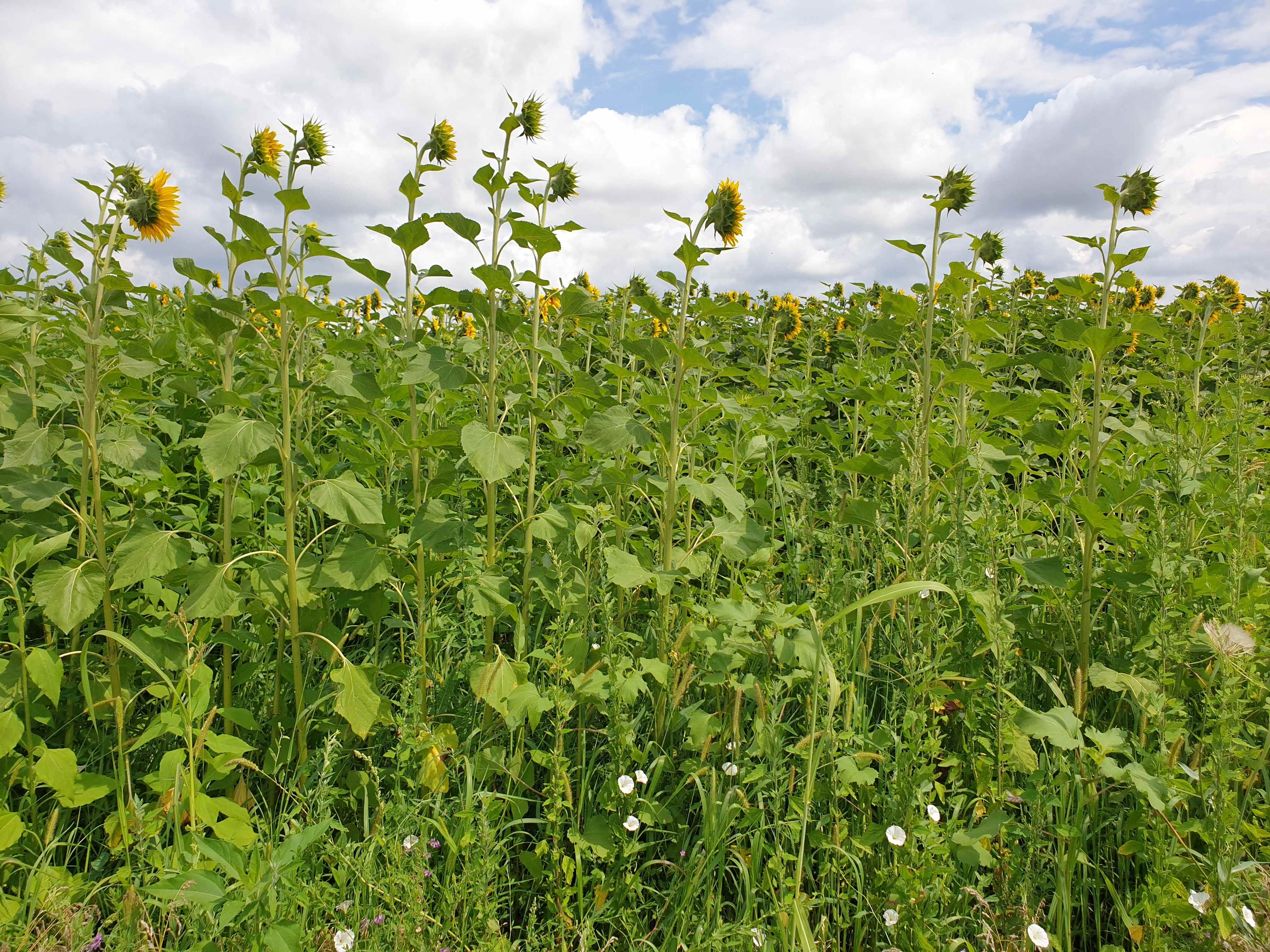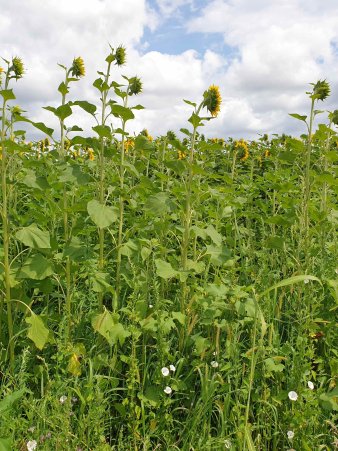 Resilient practices in the Romanian countryside
Resilient practices in the Romanian countryside
Statistics show that in 2020 around 78 thousand people moved to the villages from urban centres in Romania, not counting those who have returned home from abroad. In itself, it is not a very telling statistics, as almost double this number moved the other way around and, comparing to other EU countries, Romania still has one of the highest rates of poverty in the rural areas. What is interesting is that the majority of those deciding to “downshift” to the countryside are the middle-class who can afford the telework. They want to reconnect with nature, with their families’ roots, they take classes on permaculture, they exchange advice, photos and business ideas with peers on the many Facebook dedicated groups – the most famous of which, “Moved to the countryside. Life without the clock” counts now 147000 members, having doubled in the year of the lockdown . Within this trend, a special place is occupied by those who make this move as not only an individual life-style, but also trying to be consistent with a sustainable and ecological living with and for larger communities.
We are looking at practices that redefine the relationship with the countryside, with land and soil, with nature, with food and natural resources, with the rural communities and also with people in the big cities who are looking for sustainable alternatives to their lives. We are mapping some of these practices: a regenerative farm in Dambovita; an ecological farm that delivers fresh products to people in Bucharest, also in a village in Dambovita county; a community and educational centre built on ecological principles in Mogosoaia; a village eco-touristic campus and co-working space in Banat region, and others. A more in-depth mapping takes place of a series of case-studies on ecological or regenerative farms or gardens, thus focusing this part of the research on a different approach to the land as not only provider of resources but also as a fragile ecosystem that needs to be tendered and respected. We are conducting sociological interviews, interpreting them, we are asking questions about motivations, structure, sustenance, difficulties encountered, awareness of the wider contexts and of the climate change impact. In addition, we are observing with artistic means (video-documents, sketches, drawings, notations), in order to situate these case-studies within a larger picture of emancipatory practices in the relation between people, nature and communities.

